The Hidden Costs of Downtime: Why Proactive IT Support Pays Off

When your network goes down, the immediate frustration is a stalled workflow. But the hidden costs often go unnoticed. System failures don’t just trigger IT repair bills, they cut into profitability, harm your reputation, and can slow growth for months.
Understanding the full financial impact makes it clear why moving from reactive fixes to proactive IT management isn’t just a tech upgrade, it’s a smart business strategy.
The Financial Impact: More Than Just Lost Sales
When systems go offline, the immediate loss of revenue is just the beginning. The true costs hit your bottom line in ways that are often hard to measure.
Direct Revenue Loss and Emergency Costs
Most business leaders immediately think of lost sales during an outage, and that fear is valid. For an e-commerce site or a service firm unable to operate, every minute of downtime directly impacts their revenue. But the financial damage doesn’t stop there.
Urgent fixes often result in emergency repair costs from IT consultants, who charge premium rates. These are unplanned expenses that hit your budget hard because they come from outside your planned spending.
The Silent Drain on Growth
Beyond the immediate costs, system outages can slow your growth. When network issues arise, your leadership and IT teams spend more time putting out fires instead of focusing on strategic initiatives that drive the business forward.
This distraction can lead to missed opportunities, delayed product launches, and stalled process improvements. The cost of simply getting your network back online isn’t the real price, it’s the lost profit from focusing your energy in the wrong place.
Productivity and Operational Costs: The Internal Ripple Effect
Disruptions to workflow and team efficiency often cause more harm than the obvious financial losses. This internal chaos can create challenges that linger long after your systems are back online.
Lost Productivity and Workflow Disruption
When systems become inaccessible, employees are pulled away from their real work to find workarounds, attend outage-related meetings, and manage growing frustration. Once systems are restored, the team often faces a recovery process to recreate lost documents and get interrupted projects back on track.
Employee Morale and Turnover
Frequent system outages can result in the loss of valuable knowledge, which is expensive and time-consuming to replace through recruiting and training. Juggling customer complaints and tight deadlines with compromised tools adds stress for employees. If these issues continue, it can lead to resignations and create critical skill gaps.
Reputational Damage and Customer Trust: The Long-Term Consequences
Many leaders focus on the cost of getting systems back online, overlooking the real price of downtime. Extended outages can harm your market reputation and strain customer or client relationships. These impacts are often the hardest to repair, sometimes lingering for years after a single incident.
Erosion of Customer Trust
In today’s connected world, customers have little patience for unreliable service. Frustrated clients can share negative experiences online in an instant, harming your brand and making it harder, and more expensive, to attract new customers.
Rebuilding a damaged reputation is far more costly than maintaining a reliable one. In today’s high-demand digital world, the reliability of a company’s technology directly reflects its brand.
The Proactive IT Solution: How Prevention Pays Dividends
Moving from reactive problem-solving to proactive prevention positions your business for sustainable growth by creating tangible value.
Preventive Maintenance and Continuous Monitoring
While the traditional “break-fix” model waits for the system to fail before it is fixed, a proactive approach monitors and identifies the problem long before an IT failure happens and solves it. By resolving issues much faster compared to reactive methods, a proactive approach ensures the stability of the system.
Cost Predictability and Strategic Budgeting
Proactive IT management services transform technology costs from unpredictable emergencies to planned investments. Companies that use managed IT services save significantly on annual IT costs when compared with companies relying solely on their in-house team or break-fix models.
The proactive strategy enables businesses to plan for IT services without incurring high emergency expenses. According to industry sources, businesses that use managed IT services can increase operational efficiency by 45–65% while reducing IT costs by up to 25% or more.
Making the Shift from Reactive to Proactive
At C Solutions IT, we understand that balancing between managing technology and your daily operations can be challenging. We believe your technology should serve as a reliable foundation for growth, not a constant source of disruption.
With our comprehensive business IT support services and business continuity planning, we help clients transform their technology from a vulnerability into a competitive advantage.
Don’t wait until your next IT crisis to find out the true costs of downtime. Contact C Solutions IT today for a free consultation, and let us help you safeguard your productivity, preserve your reputation, and position your business for uninterrupted growth.
